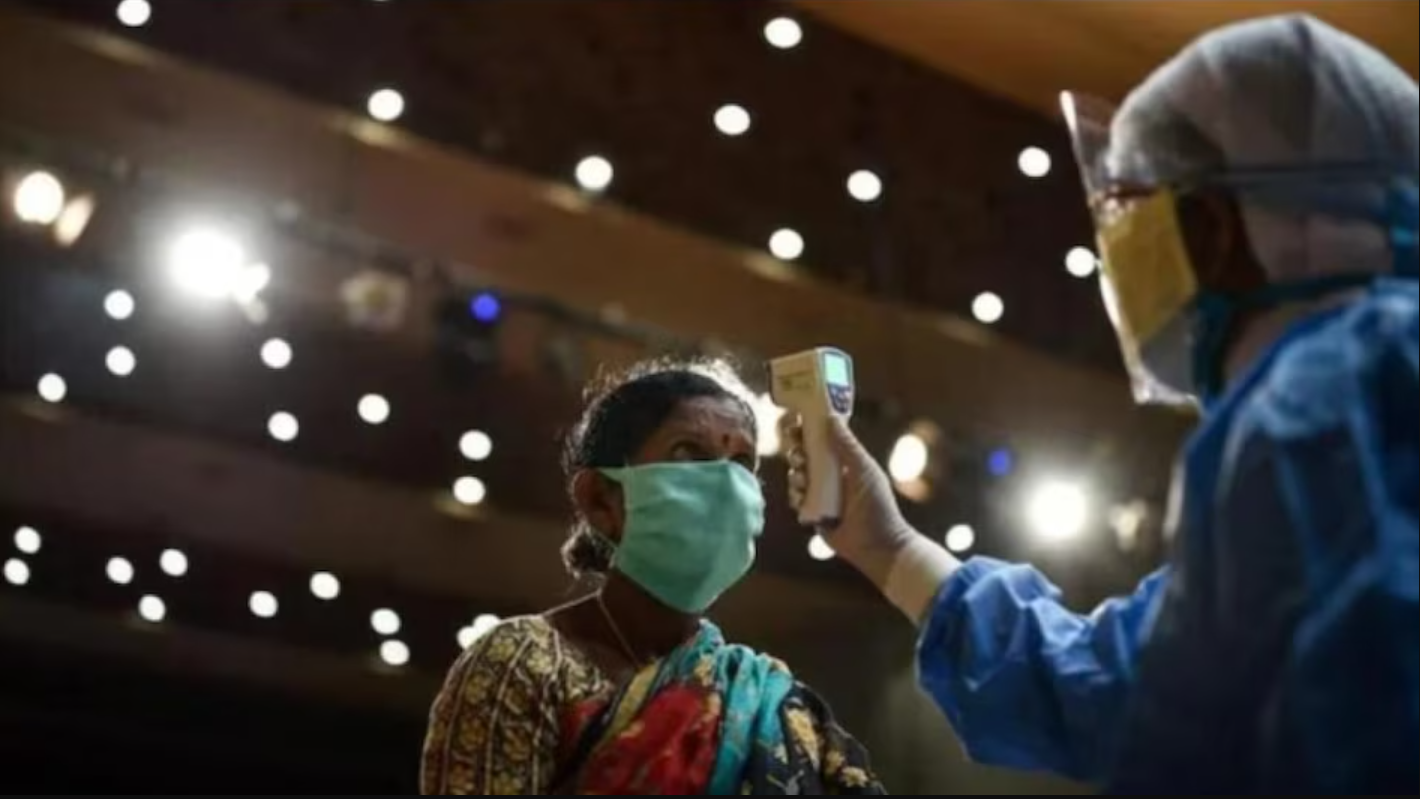Are you wondering why coronavirus is making a comeback? If yes, you are on the right page as you can get all the details about Corona disease. Who would 19 pandemics have been one of the most globally hit viruses since its emergence in late 2019? Despite the development and distribution of vaccines, there have been recent surges in coronavirus cases. The reasons behind the causes of the recent surge are mentioned here.
Table of Contents
The emergence of new variants
one of the significant factors contributing to the recent surge of coronavirus is the emergence of new variants of the virus. You need to learn about different viruses which can mutate over time. The mutations can lead to new variants with other characteristics like increased severity transmissibility and resistance to immunity from previous infections or even vaccinations. Even new variants have been identified as a significant reason for concern. These new variants have been linked with increased transmissibility means that they can spread pretty quickly from one person to another. This can also lead to higher cases and potentially overwhelm healthcare systems. Furthermore, some variants have been found to be less responsive immunity from previous infections, which can potentially reduce the effectiveness of current vaccines and enhance the risk of reinfections.
This further contributes to the recent surge in cases, as even vaccinated individuals might be at risk of contracting and spreading the virus. You must learn everything about COVID if you want to prevent the virus from spreading.
Changes in public health measures
Another factor that might have contributed to the recent surge of coronavirus is the relaxation of changes in public health measures. In response to the pandemic, several countries and regions have implemented different public health measures like lockdowns, social distancing mask mandates, and travel restrictions to mitigate the spread of corona disease. However, with the availability of vaccines and the desire to resume normalcy, some areas have wholly been relaxed, or even the restrictions have been removed.
Relaxation of public health measures can lead to increased social interaction, which can facilitate the spread of viruses, especially in crowded places. It can also lead to decrease compliance with the prevention measures like mask-wearing and social distancing, which can further contribute to the surge in coronavirus cases fixings and quarantine measures might have been eased in some areas that, leads to increased movement of people and potential importation of new variants from other places. These changes are public health measures that might have contributed to the recent surge in coronavirus cases. It basically creates opportunities for the coronavirus to spread quickly and widely. To reduce the widespread of COVID, public healthcare measures should be in place.
Vaccine distribution challenges
Even though vaccines have been developed and distributed in several countries, there are challenges in vaccine distribution which have been attributed to the recent surge in the pandemic; vaccine campaigns require effective distribution systems to ensure that vaccines reach the right people at the right time, but there have been challenges in vaccine production distribution and administration like supply chain disruptions limited availability of vaccines.
Supply chain disruptions can result from different factors like manufacturing delays and transportation issues. These disruptions can affect the availability and distribution of vaccines which can lead to COVID. Limited availability of vaccines might result in prioritization of some groups like healthcare workers and high-risk individuals with other potentials, and corona disease risk might increase among people who have to wait longer to receive their vaccine creating gaps in the vaccine coverage. This can leave specific populations susceptible to coronary disease and contribute to the recent surges.
Vaccine hesitancy is another challenge to vaccine distribution. Some people might be hesitant or resistant to getting vaccinated due to misinformation vaccine hesitancy can result in low vaccination rates, especially among some communities or populations, which can leave them vulnerable to coronavirus and contribute to the spread of the virus. Addressing vaccine hesitancy and ensuring equitable vaccines for all people is very important in controlling the spread of COVID-19 and preventing other surges.
Human behaviour
Human behavior is also essential in the recent surge’s coronavirus. Despite the availability of vaccines and public health measures, human behaviors like noncompliance with preventive measures and engaging in high-risk activities can contribute to the spread of the virus. Some people might not align with things like mask wearing, social distancing, or other preventive measures because of misinformation or defiance of public health recommendations.
Large gatherings like parties’ concerts, or other events where people might not follow preventive measures can also contribute to the spread of this virus and can lead to an increased risk of coronavirus.
Besides disparities in socioeconomic status, living conditions and access to healthcare can impact the spread of the disease. People in low-income communities or crowded living conditions might have challenges in practicing social distancing or isolating when they are infected. Lack of access to healthcare or testing facilities would also result in delays in getting tested or receiving the proper treatment.
Wrap up
The recent surges in the COVID-19 virus can be attributed to a combination of different factors. The emergence of new variants can increase transmissibility and potential vaccine resistance. To effectively combat the pandemic and prevent future surges, does important to address these factors to a great extent.












